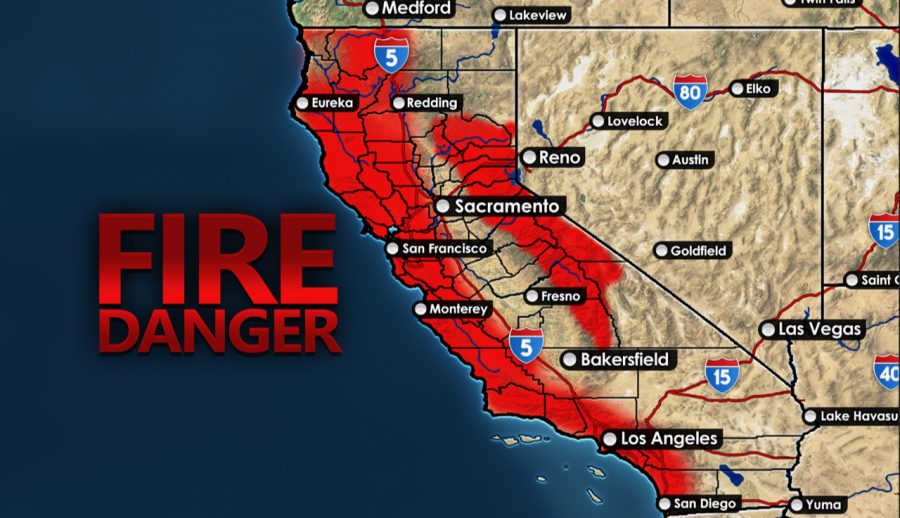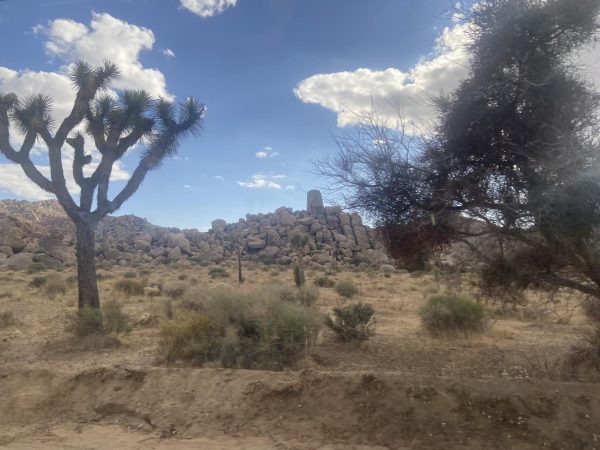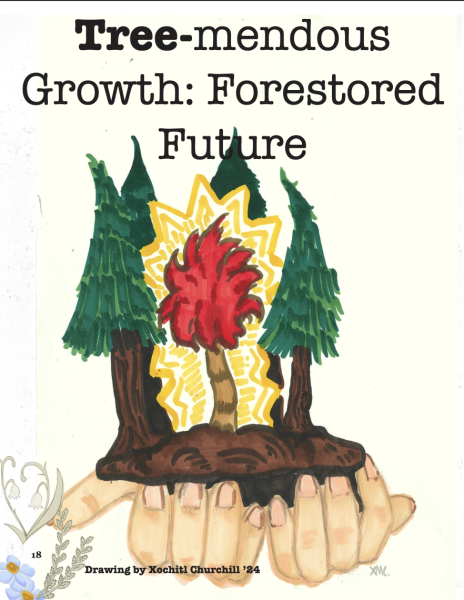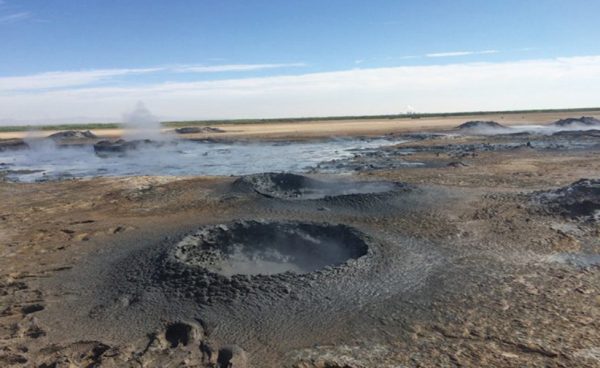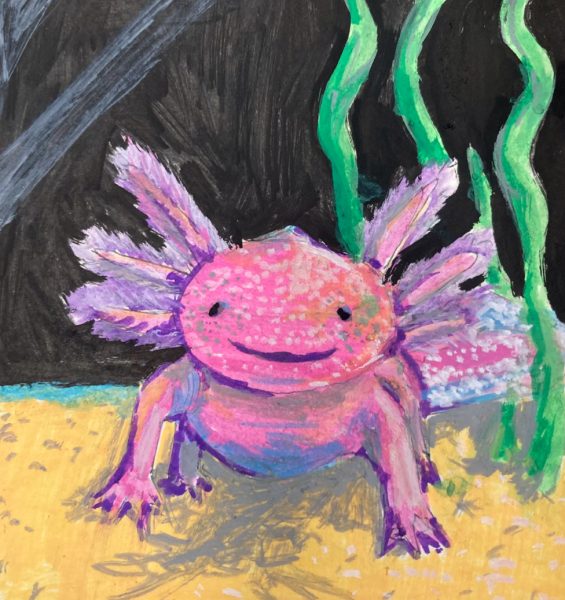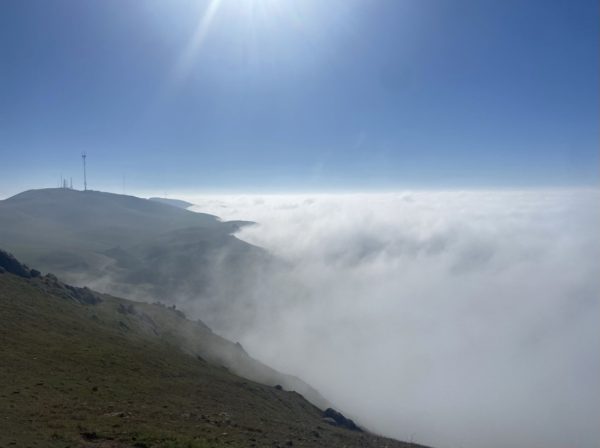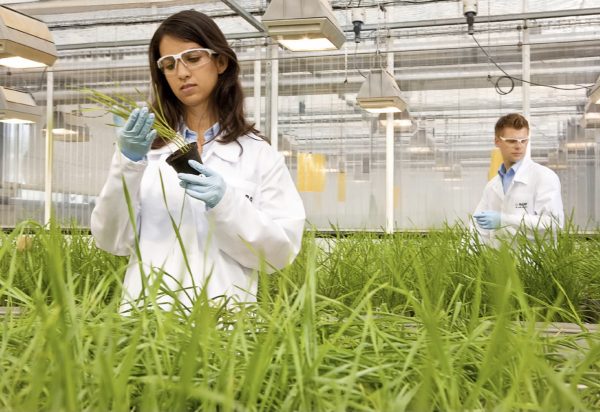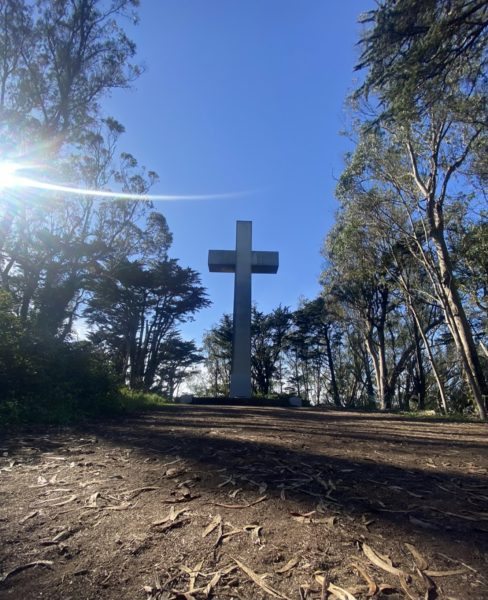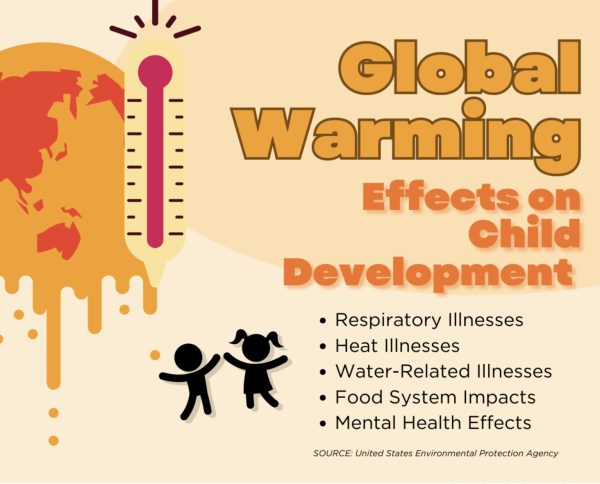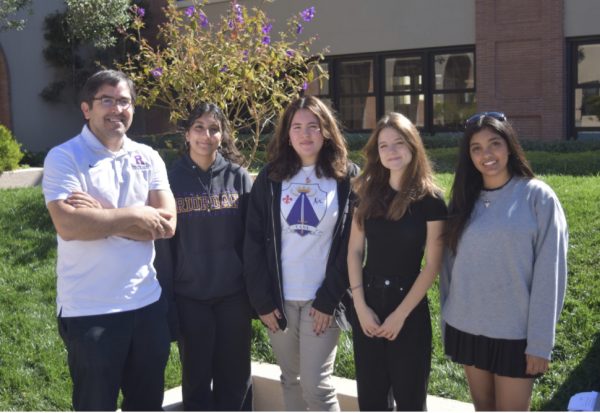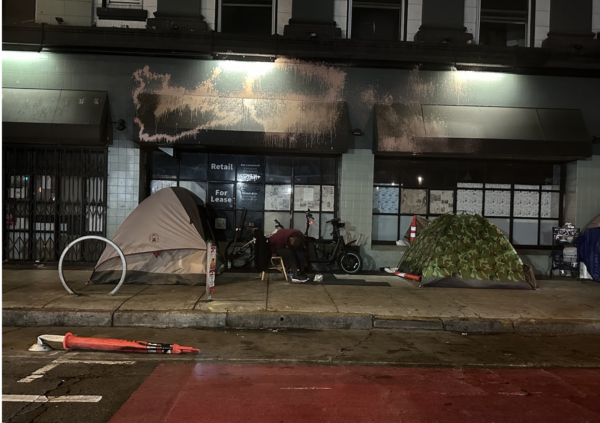Riordan’s summer weather report
The red areas represent where a wildfire is most likely to spark this upcoming fire season due to fire conditions.
May 19, 2019
Summer is upon us and so is some very interesting weather!
First, I wanted to recap some of the weather that we have had in the past year because it has truly been one of the craziest years in terms of atmospheric conditions. It began in November 2018, as the deadly and tragic Camp Fire raged.
North/Northeast winds sent smoke and ash from that fire down into the Bay Area, which led to San Francisco and Sacramento having the unhealthiest air on the planet, and also causing the Riordan Administration to cancel school for a day.
Then in winter, we had some of the craziest weather that I’ve seen in the Bay Area, including wicked storms and atmospheric rivers, (shoutout to whoever saw me bracing the elements getting some data), hailstorms, and even SNOW on our highest peaks.
But, what’s happening for summer? Well, as always, we will have our classic Karl the Fog around for coastal regions, but I forecast that we will see above average wildfire conditions. You are probably saying, “Antonio, but we had a wet winter, how can we have a wildfire!?”Well, a wet winter is not necessarily good news regarding the potential for wildfires in the summer,
especially when summers tend to be dry. This is because the extra precipitation can lead to a more robust growth of grasses and other vegetation that can become fuel for fires as they dry out.
I also am forecasting a much wetter summer than normal, especially in regions such as the Sierra Nevada, where thunderstorms are common in summer.
Thanks for another year of forecasting, and I’ll see you all next year! Have a great summer!


